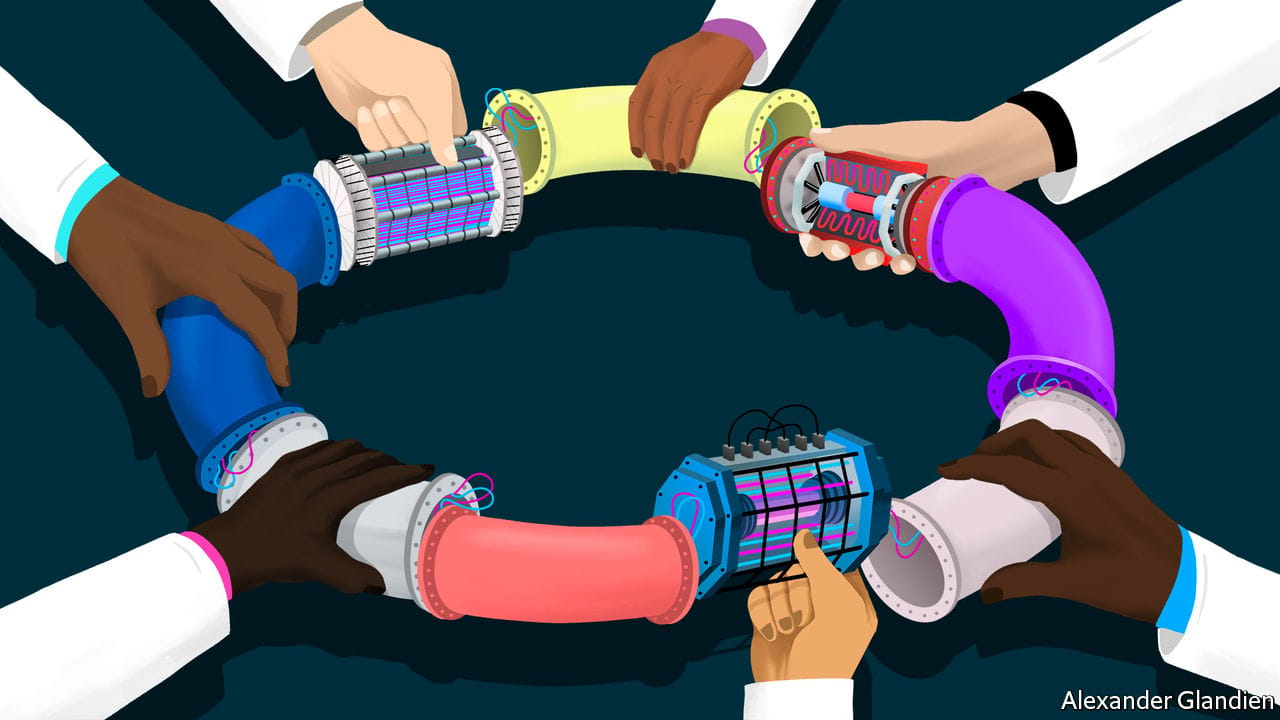- by
- 07 24, 2024
-

-
-
Loading

Loading


DEEP UNDERLHCLHCCERN the countryside north of Geneva, straddling the Franco-Swiss border, one of the most advanced scientific machines ever built has been banging subatomic particles together for more than a decade. This device, the Large Hadron Collider (), accelerates beams of protons (members of a class of particle called hadrons) in opposite directions around a 27km ring until they reach almost the speed of light. Powerful magnets then force these protons into head-on collisions, causing the energy they carry to be converted—as described by Einstein’s best-known equation, E=mc—into matter. And what matter! For sorting through the ejecta from the collisions gives physicists fleeting glimpses of the fundamental building blocks of the universe and the forces that bind or repel them.The belongs to the world’s leading particle-physics laboratory, . It is the latest in a long line of increasingly sophisticated machines built over the past century by researchers intent on finding out how the universe truly works. The result of this effort has been one of the most successful, most tested scientific ideas of all time: the Standard Model of particle physics (see chart).